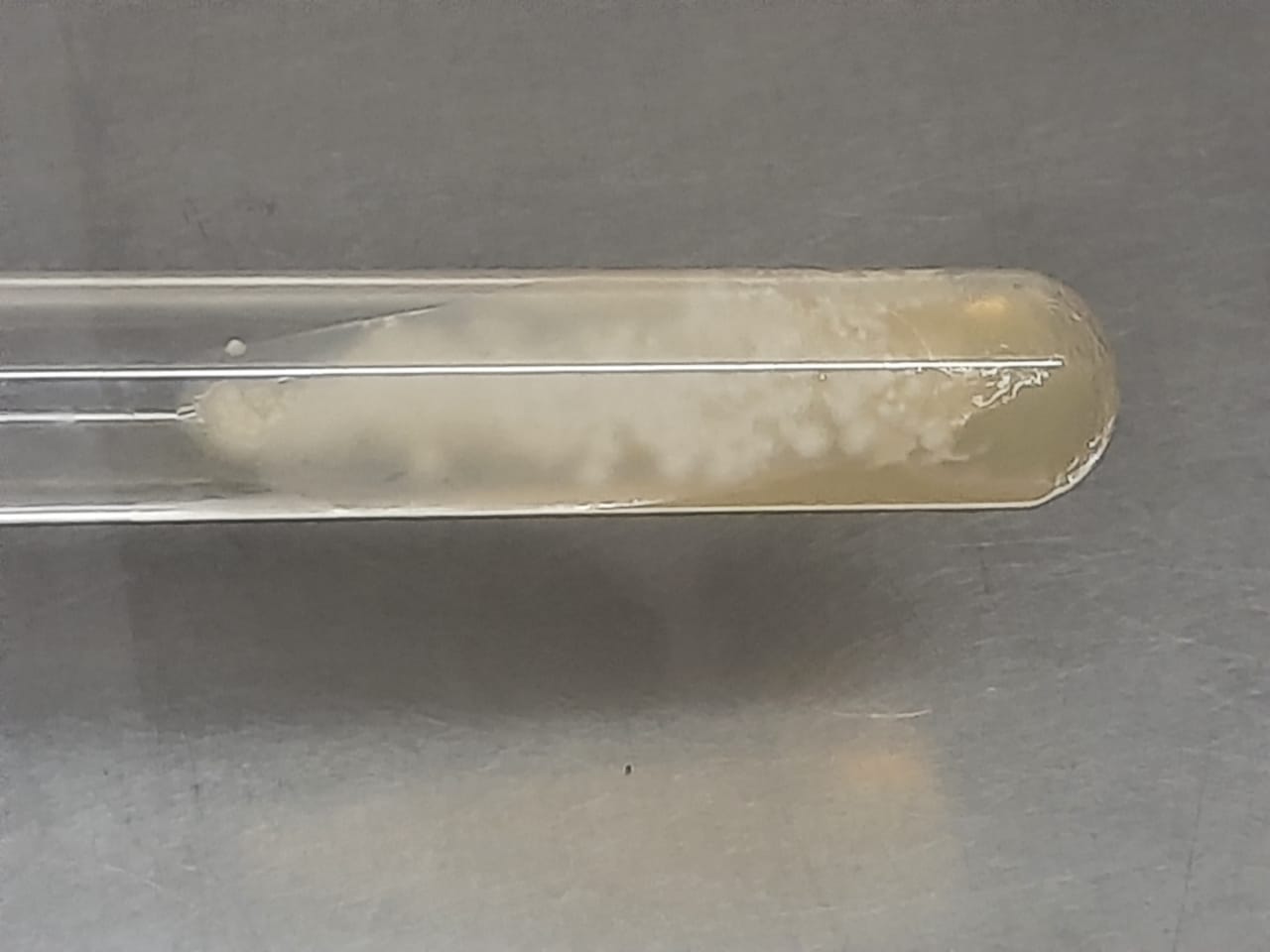Bronchoalveolar lavage (BAL) Gram stain: Introduction, Report-Interpretation, Clinical Significance, and Keynotes
Introduction Bronchoalveolar lavage (BAL) is a diagnostic procedure used to collect specimens from the lower respiratory tract, particularly from the alveolar spaces. It is performed by instilling sterile saline into a segment of the lung via a bronchoscope and then aspirating it back. Gram staining …







